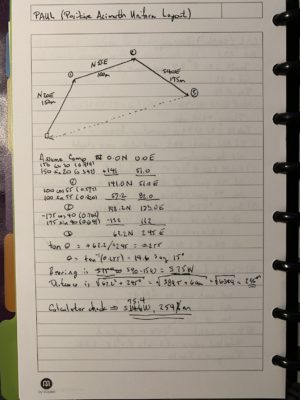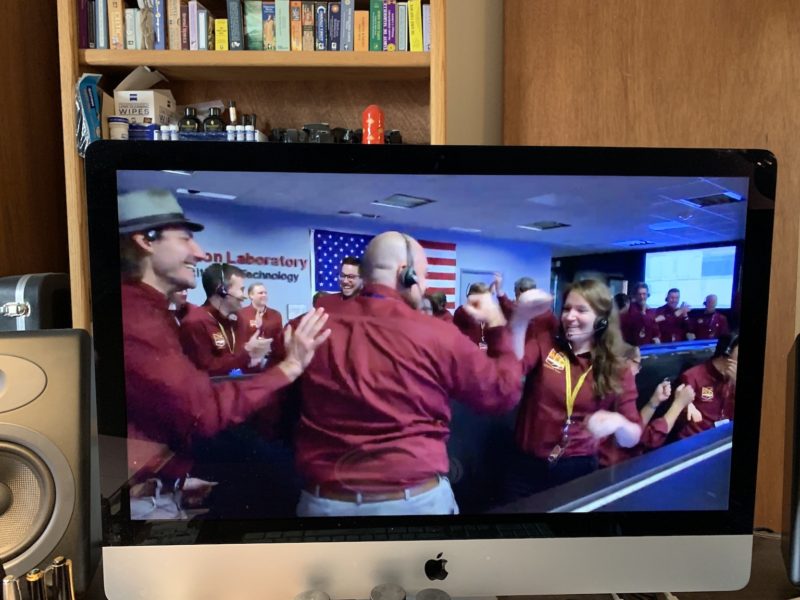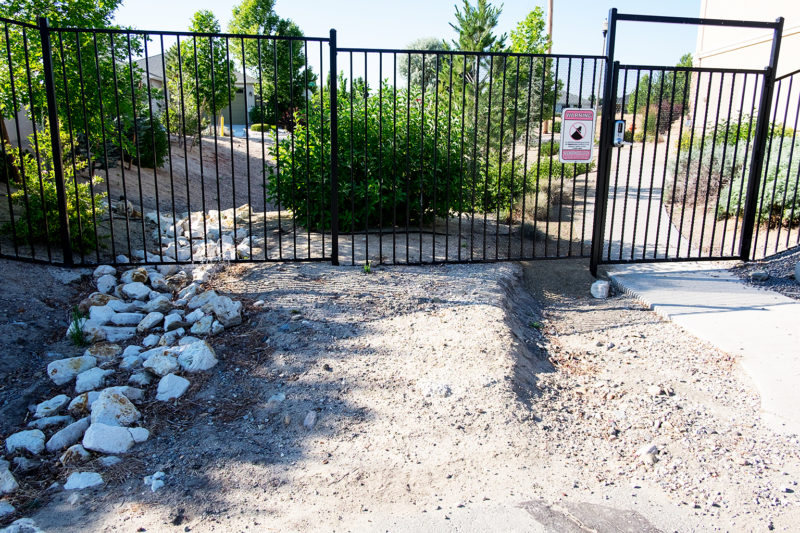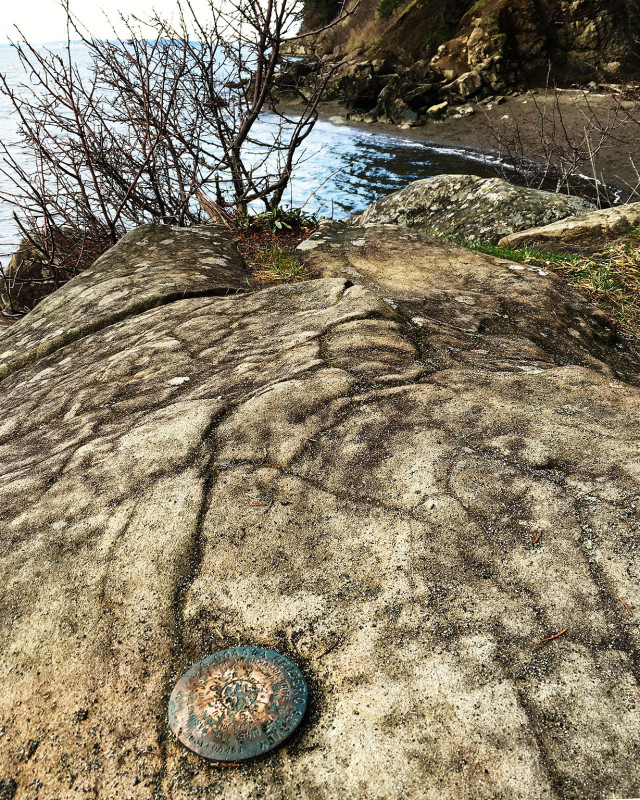A couple of weeks ago, I was watching a football game with my family. It was near sunset and the sky was illuminated by the last rays of the setting sun. Far overhead, jetliners could be seen crossing the sky, their contrails bright and warm although I knew that they existed in deadly cold.
One of them was not at cruising altitude. Older Grandson asked “How high is that plane?”
“About 25,000 feet,” SiL responded. I thought it was closer to 10K AGL.
“I don’t think so; I think it’s closer to 10,000.”
A short debate ensued and it was interesting. I respect SiL’s opinion given he works with aircraft as a professional.
Later, on the road Monday, the interchange recurred to me. As I drove along, I wondered whether there was a simple way to estimate the altitude. After thinking about it a few minutes, I came up with the following.
For small angles, the angle and the sine of the angle are approximately equal. Therefore the angle subtended by the aircraft can be used to estimate its distance from the observer. If the approximate angle from the horizontal is also known, then the elevation can be estimated.
The width of a human thumb at arm’s length is about a half-degree, or thirty minutes of angle. The pinky fingertip is about half that.
As I thought about my observations, my estimate was about three of the aircraft would be the width of my pinky finger at arm’s length… or maybe half that. That would be between two and a half and five minutes of angle, or one-twelfth to one-twenty-fourth of a degree. The sight distance to the aircraft would then be 12 to 24 times the apparent width of the vehicle.
My guess is that the apparent width of that aircraft was on the order of 120–200 feet. Therefore, for S&G’s, say it was 150 feet. At twenty times the apparent width, that would be 30,000 feet. My estimate for the angle-to-horizon was less than 45 degrees, so I’ll use that as an upper limit. The sine of 45 is about 0.7. So, the elevation is about 70 percent of the length of the hypotenuse — or sight distance.
My estimate of the altitude of the aircraft is about 20,000 feet. SiL was closer to correct than I was. Trust the professional.



